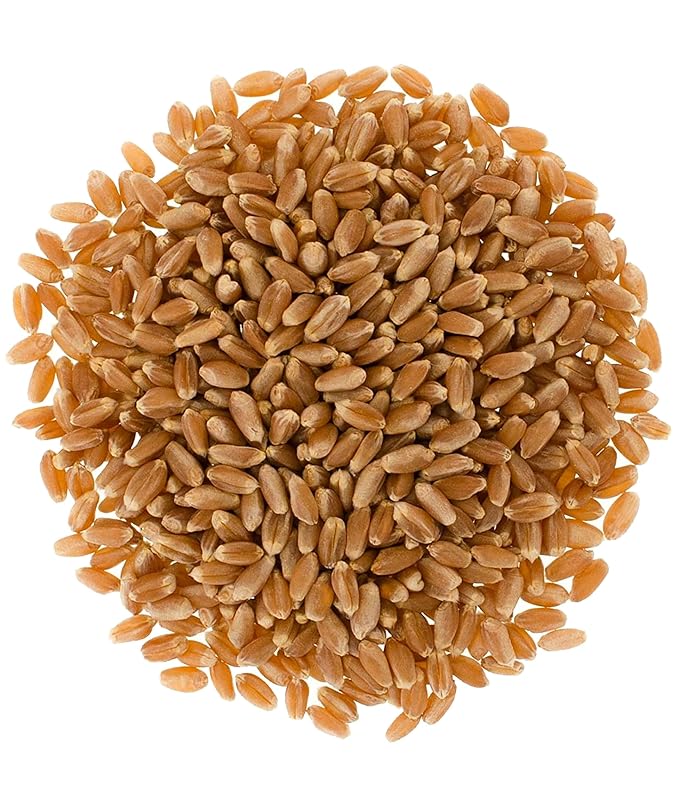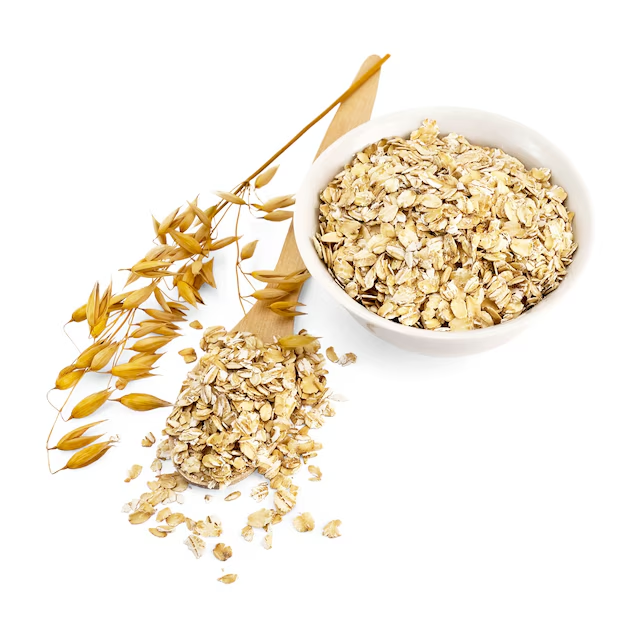Non-GMO oat seeds | 36oz bag
Non-GMO oat seeds | 36oz bag
Regular price
$5.00 USD
Regular price
Sale price
$5.00 USD
Unit price
per
Couldn't load pickup availability
Prepare the Soil
-
Soil Requirements:
- Oats thrive in well-drained, loamy soils with a pH of 6.0 to 7.5.
- Avoid heavy clay or sandy soils.
-
Fertility:
- Add organic matter (compost or manure) to enrich the soil.
- Perform a soil test to ensure adequate nitrogen, phosphorus, and potassium levels.
-
Tillage:
- Till the soil to a depth of 6–8 inches to loosen it and remove weeds.
Planting
-
Timing:
- Spring oats: Plant as soon as the soil is workable (soil temperature above 50°F/10°C).
- Winter oats: Plant 6–10 weeks before the first expected frost.
-
Seeding Rate:
- Use about 2–3 bushels of seed per acre, or approximately 2 ounces of seed per 10 square feet for small plots.
-
Depth:
- Sow seeds 1–2 inches deep.
-
Spacing:
- Space seeds evenly to avoid overcrowding; rows can be 6–10 inches apart.
Watering
- Oats require consistent moisture, especially during germination and early growth.
- Provide about 1 inch of water per week, either from rainfall or irrigation.
- Avoid waterlogging, as oats do not tolerate soggy soil.
Caring for the Crop
-
Weed Control:
- Oats grow quickly and suppress weeds naturally, but hand-pull or hoe if weeds appear early.
-
Fertilization:
- Oats are light feeders; a balanced fertilizer (e.g., 10-10-10) can be applied if needed.
- Avoid over-fertilizing with nitrogen, as this can lead to weak stems and lodging (falling over).
-
Pests and Diseases:
- Monitor for pests like aphids or armyworms.
- Prevent fungal diseases (e.g., rust) by ensuring proper air circulation and avoiding overwatering.
Harvesting
-
Timing:
- Oats are ready to harvest when the kernels are firm and the plants turn golden brown.
- This is typically 90–120 days after planting.
-
Harvesting Methods:
- For small plots: Use a sickle, scythe, or hand shears to cut the stalks.
- For large fields: Use a combine harvester.
-
Drying:
- Allow cut oats to dry for 1–2 weeks in a cool, dry place to prevent mold.
Processing
-
Threshing:
- Remove the oats from the stalks by beating the bundles or using a mechanical thresher.
-
Winnowing:
- Separate the oats from the chaff by tossing them in the air or using a fan to blow away the lighter chaff.
-
Hulling (Optional):
- If growing hulled oats, the outer husk will need to be removed, which may require a mechanical huller or rolling pin.
Storing
- Store the cleaned, dried oats in an airtight container in a cool, dry, and dark place.
- Properly stored oats can last up to a year or longer.



